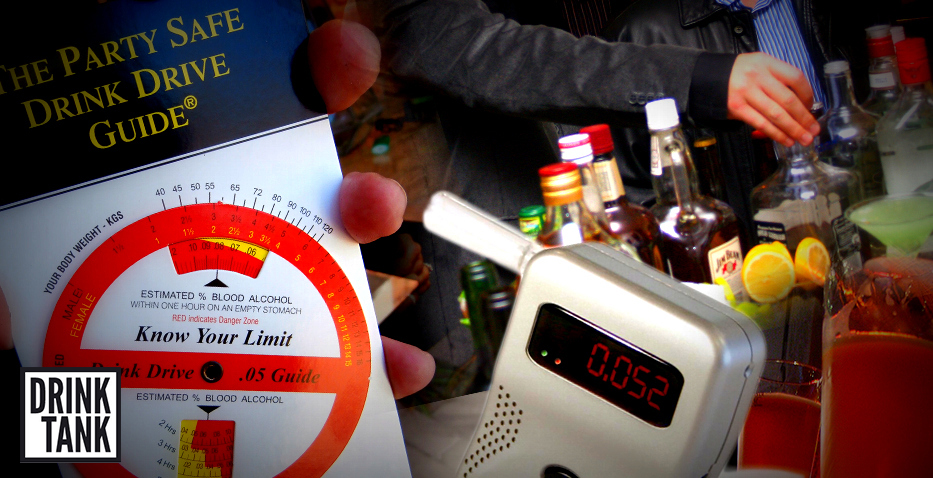During my many years in the hospitality industry, as owner and operator of a large hotel and entertainment complex, it became apparent to me that the majority of people who enjoyed a drink had no idea how to measure their alcohol intake or what constituted a ‘standard drink’.
Furthermore, it was evident that many people who enjoyed drinking alcohol were also drivers and they would be driving back to their workplace or home after drinking. With little awareness of their own limits and increased random breath-testing, these people were taking a chance every time they got behind the wheel after drinking.
My concern is supported by research from Alcohol’s burden of disease in Australia which shows that a staggering 120 deaths and 2,285 hospitalisations every year are caused by motor vehicle accidents that are attributable to alcohol.
I couldn’t count the number of times I have had to confiscate the car keys of patrons who wanted to leave the hotel and drive home. What I made on drinks from these patrons was generally spent paying their taxi fares to get them home.
I could see a real problem here with respect to the lack of knowledge about blood alcohol concentration and how it relates to standard drinks.
I started to do some research on the subject to see what information and resources were available. Apart from some general material in articles and on websites, I couldn’t find anything which addressed this issue in a practical way.
The idea for the Party Safe Drink Drive Guide was born.
I engaged the support of a number of appropriate professionals to assist with the development of my concept.
Being an educational tool, it had to be proactive rather than reactive. Therefore the intention was to design an interactive device to be used to calculate various risk factors before drinking.
There are three elements required to estimate blood alcohol content (BAC). These are body weight, the number of standard drinks consumed and time spent drinking. The Party Safe device is simple to use, however there is a practical example showing the relationship between these factors for guidance.
Some twenty years later, the calculating approach of the Party Safe device has been widely used by the Community Road Safety Councils of Victoria (Vic Roads), the Australian Drug Foundation and has been used by Victoria Police at ‘booze bus’ locations. I’ve received many positive testimonials.
Distribution to date has mainly been in Victoria, however I would welcome the opportunity to partner with a national organisation which can see the value of this tool, especially within school systems and in road safety and alcohol education programs.
If we are serious about making a positive difference and trying to address the problems associated with alcohol in Australia, I think there is great merit in raising awareness of BAC and its relationship to standard drinks.
Education is key to helping individuals make more informed choices about alcohol. And an understanding of just how easy it is to put yourself over the legal limit, might make patrons think twice before attempting to get behind the wheel.








Add comment